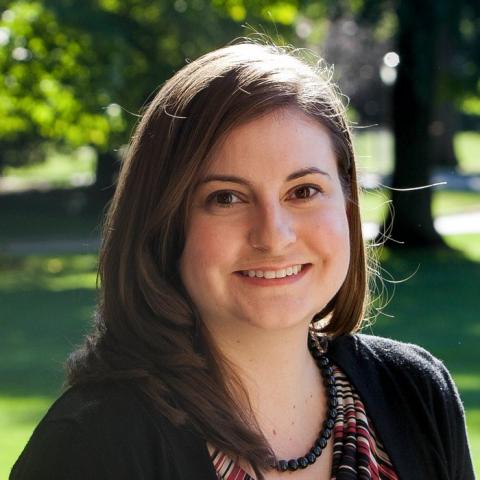Variation in fine structure constant due to spatial variation, Hurum Maksora Tohfa '22

Details
We tried to understand for what values of free parameters the fine structure constant is consistent with QSO data and how it further evolves at later times for different existing models of the universe.
Fine structure constant is known as the measure of strength of electromagnetic force that determines how electrically charged particles and light interact in space. As the unification of fundamental forces(quantum gravitational environment) of nature only seem to exist in finite form if there are more than our familiar three dimensions, it is likely that our familiar natural constants defined in higher dimension and the three dimension projection of it that we are familiar with is not constant. Hence the coupling constant that we are concerned with varies at different times and points in space because in some extensions of the standard model this fine structure constant work as a dynamical parameter on cosmological length and timescales. The idea of varying alpha with time was first introduced by Bekenstein by a generalization of Maxwell’s equations but ignoring the consequences for the gravitational field equations. Further this theory was completed by including gravitational effects and its effect on general cosmology was observed known as the Bekenstein-Sandvik-Barrow-Magueijo (BSBM) theory. But there are a number of theories that allow the variation of the fine structure constant, α. There has also been models that couple electromagnetism to a scalar field and string-inspired dilation models with dynamical extra dimensions that are stabilized by matter couplings in a way that yields potentially observable time evolution and spatial fluctuations in α.
We started with the Freedman equation for the scalar field in a matter dominated universe and by keeping the Hubble parameter constant. Further, to make our calculations more precise, we worked with a matter and radiation dominated era and allowed the Hubble parameter to vary as the redshift change. We compared the data for our model with the QSO data at redshift 3, during the time of recombination. Then we looked at for which values of the free parameter(mass and ζ/ω where ω is a parameter for length inverse and ζ is the ratio of the Lagrangian of the electromagnetic field and energy density) our calculation is consistent with the QSO data. We further evolved the scalar field up to the redshift of a 1000 to see the evolution of the field and explored constraints on that for different model of the universe.




